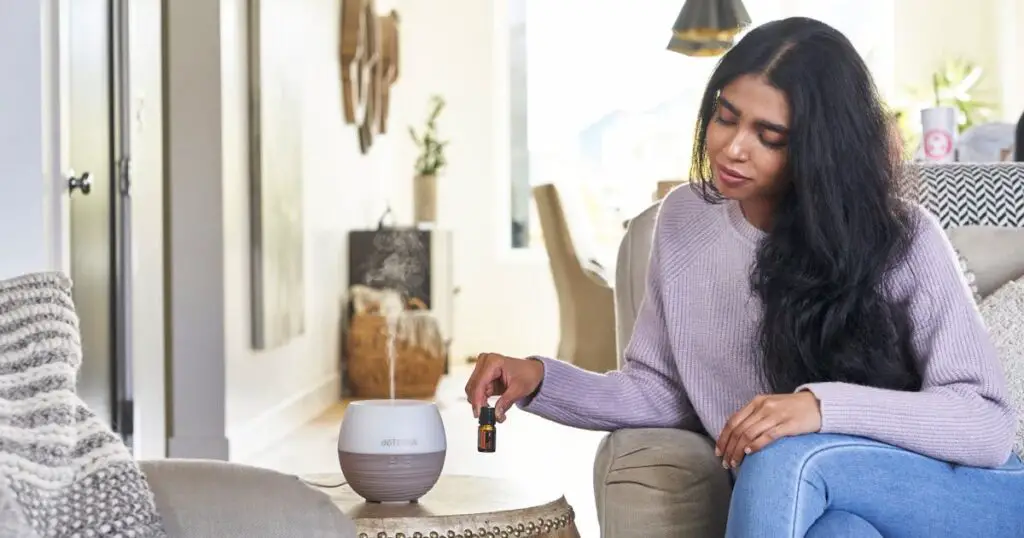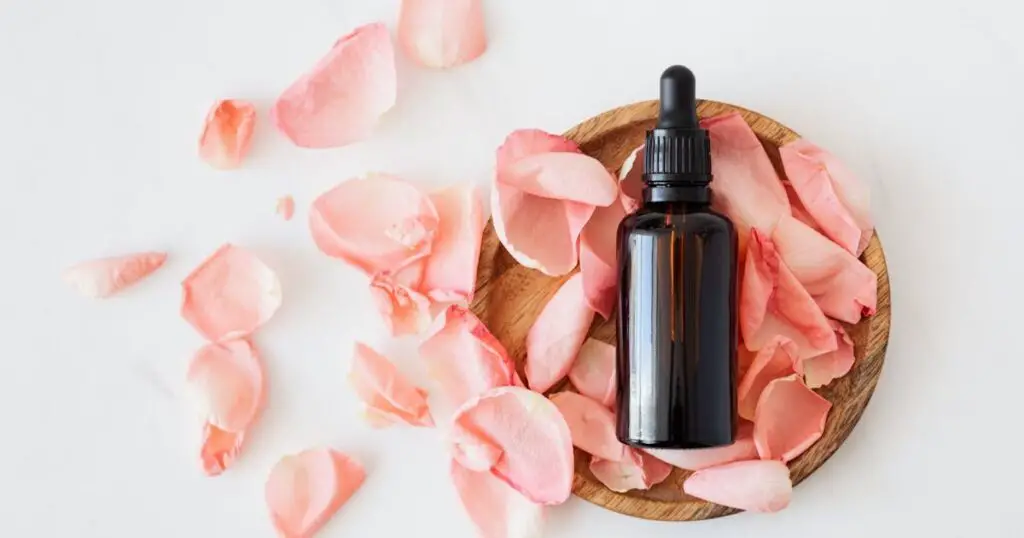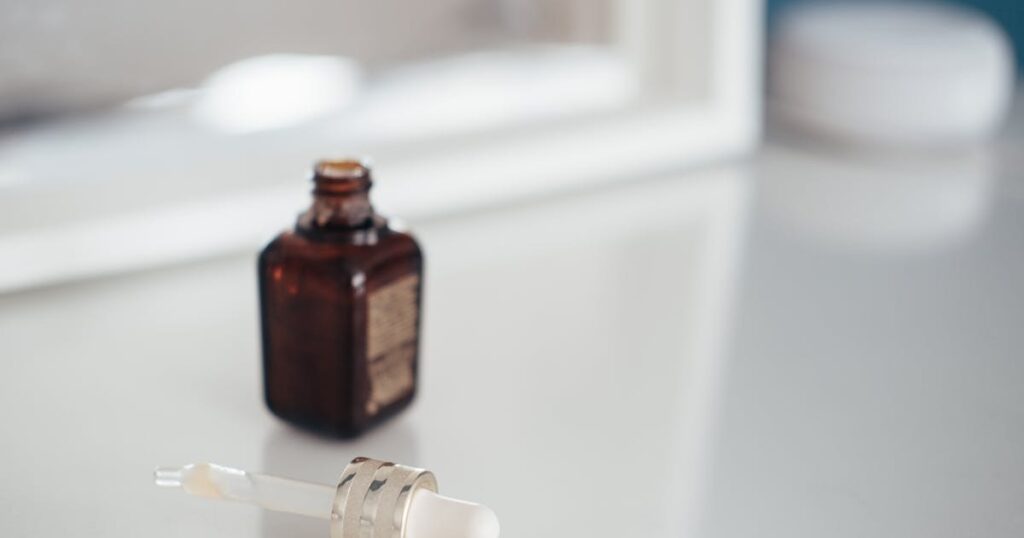Key takeaway: In sum, using essential oils without a diffuser is simple and offers a multitude of creative applications—from passive absorption on materials to luxurious baths, aromatic sprays, and even fashionable diffuser jewelry, which enrich
Welcome, local residents, cultural enthusiasts, and community-oriented individuals! Are you looking for alternative ways to use essential oils without a diffuser? Look no further because we’ve got you covered.

In this guide, we’ll explore different methods of incorporating essential oils into your daily routine without the need for a traditional diffuser. Whether you’re a lifestyle and wellness advocate, a food and fashion follower, or a history and culture buff, we’ve got tips for everyone! So grab your favorite essential oils and let’s get started.
Using everyday life with their scent and benefits.a Material That Can Absorb Essential Oils (Passive Diffuser)
Did you know that certain materials have the ability to absorb essential oils? This makes them an excellent choice for creating a passive diffuser. A passive diffuser is a simple and effective way of dispersing the aroma of essential oils without the need for electricity or heat. Here are some materials you can use:
- Cotton balls: Place a few drops of your favorite essential oil on a cotton ball and place it in different areas around your home, such as drawers, closets, or even your car.
- Tissues: Place a few drops of essential oil on a tissue and tuck it into your pillowcase for a relaxing sleep or keep it in your pocket for an on-the-go aromatherapy experience.
- Clay diffusers: These are specially made clay discs that absorb essential oils and release their scent slowly. They can be placed in small spaces like drawers or cupboards.
- Natural sponges: A natural sponge can be used as a diffuser by simply adding a few drops of essential oil to it and letting it absorb the scent. You can then place the sponge in any room for a subtle fragrance.
- Wood chips: If you have any leftover wood chips from DIY projects, they can be used as a diffuser by adding a few drops of essential oil to them and placing them in a decorative bowl or jar.

These are just some examples of materials that can act as passive diffusers for your essential oils. Get creative and see what other items you have around the house that could work as well.
Use Skin-Safe Essential Oils in a Bath
A hot bath is a great way to relax and unwind after a long day, and adding essential oils can enhance the experience even further. However, it’s essential to note that not all essential oils are safe for use in baths. Some oils can irritate the skin or cause other adverse reactions, so it’s important to choose skin-safe options. Here are some examples of essential oils that are safe for use in baths:
- Lavender: Known for its calming properties, lavender essential oil is a popular choice for baths. It can help reduce stress and promote relaxation.
- Eucalyptus: This refreshing oil can help clear your mind and relieve muscle tension. It’s also great for respiratory issues like congestion or colds.
- Chamomile: Another calming oil, chamomile essential oil has a soothing effect on the mind and body. It can also help with skin irritation or inflammation.
- Rose: If you’re in need of some self-care, rose essential oil is the perfect choice for a luxurious bath experience. It’s known for its uplifting and comforting properties.
To use these oils in your bath, mix a few drops with a carrier oil such as coconut or jojoba and add it to your bathwater. You can also mix them with some Epsom salts for added relaxation benefits.
DIY Essential Oil Spray
If you’re looking for an easy way to freshen up your living space, then a DIY essential oil spray is the way to go. Not only is it budget-friendly, but you also have complete control over the ingredients and scents used. Here’s a simple recipe to get you started:
- 1/2 cup water
- 2 tablespoons witch hazel or vodka (helps the oils mix with water better)
- 10-15 drops of your preferred essential oil(s)
Mix all the ingredients in a spray bottle and shake well before each use. You can adjust the number of drops based on how strong you want the scent to be. Use this spray to freshen up your room, linens, or even yourself!
Make a Diffuser Jewelry
Why not take your essential oils with you wherever you go by making your own diffuser jewelry? There are several ways you can do this, such as:
- Diffuser bracelet: These bracelets typically have lava stones or absorbent pads that can hold essential oils. Simply apply a few drops of oil to the stone or pad and enjoy the scent all day.
- Diffuser necklace: Similar to diffuser bracelets, these necklaces have pendants with absorbent pads or stones for holding essential oils. You can also find ones with a small vial where you can add your oil of choice.
- Diffuser earrings: For a subtle way to enjoy the benefits of essential oils, try making your own diffuser earrings using porous materials like felt or sponge.

By incorporating essential oils into your jewelry, you not only have a stylish accessory but also a convenient way to use essential oils on the go.
Frequently Asked Questions
In this section, we will be delving into some of the most common inquiries and curiosities that surround our topic.
Can essential oils be used in any type of jewelry for diffusion?
While essential oils can be added to various types of jewelry, it’s best to use jewelry specifically designed for diffusion. These usually have parts made of porous materials like lava stones or special pads that can absorb and slowly release the oils.
How often should I reapply essential oils to the passive diffusers or jewelry?
This depends on the type of essential oil used and the material of your diffuser or jewelry. Typically, the scent will last anywhere from a few hours to a couple of days. Reapply when you notice the scent fading.
Are there any essential oils that should be avoided in DIY sprays or baths?
Yes, some essential oils can be too strong or irritate the skin, especially in baths. It’s important to research and ensure that the oils you choose are safe for skin contact and do not cause adverse reactions. When in doubt, consult with a healthcare provider or certified aromatherapist.
Can I use tap water for my DIY essential oil spray?
While tap water can be used, distilled water is recommended for DIY essential oil sprays. This is because distilled water is free from minerals and impurities that could interfere with the efficacy and clarity of the essential oil spray.
Conclusion: How to Use Essential Oils Without a Diffuser
We hope you’ve found these tips helpful in finding alternative ways to use essential oils without a diffuser. Remember to always dilute your oils properly before using them, and be mindful of any potential allergies or sensitivities.
Have fun experimenting with different materials and methods, and enjoy the wonderful world of aromatherapy! And don’t forget to share your favorite tips and tricks with others in the essential oil community.



Leave a Comment
You must be logged in to post a comment.